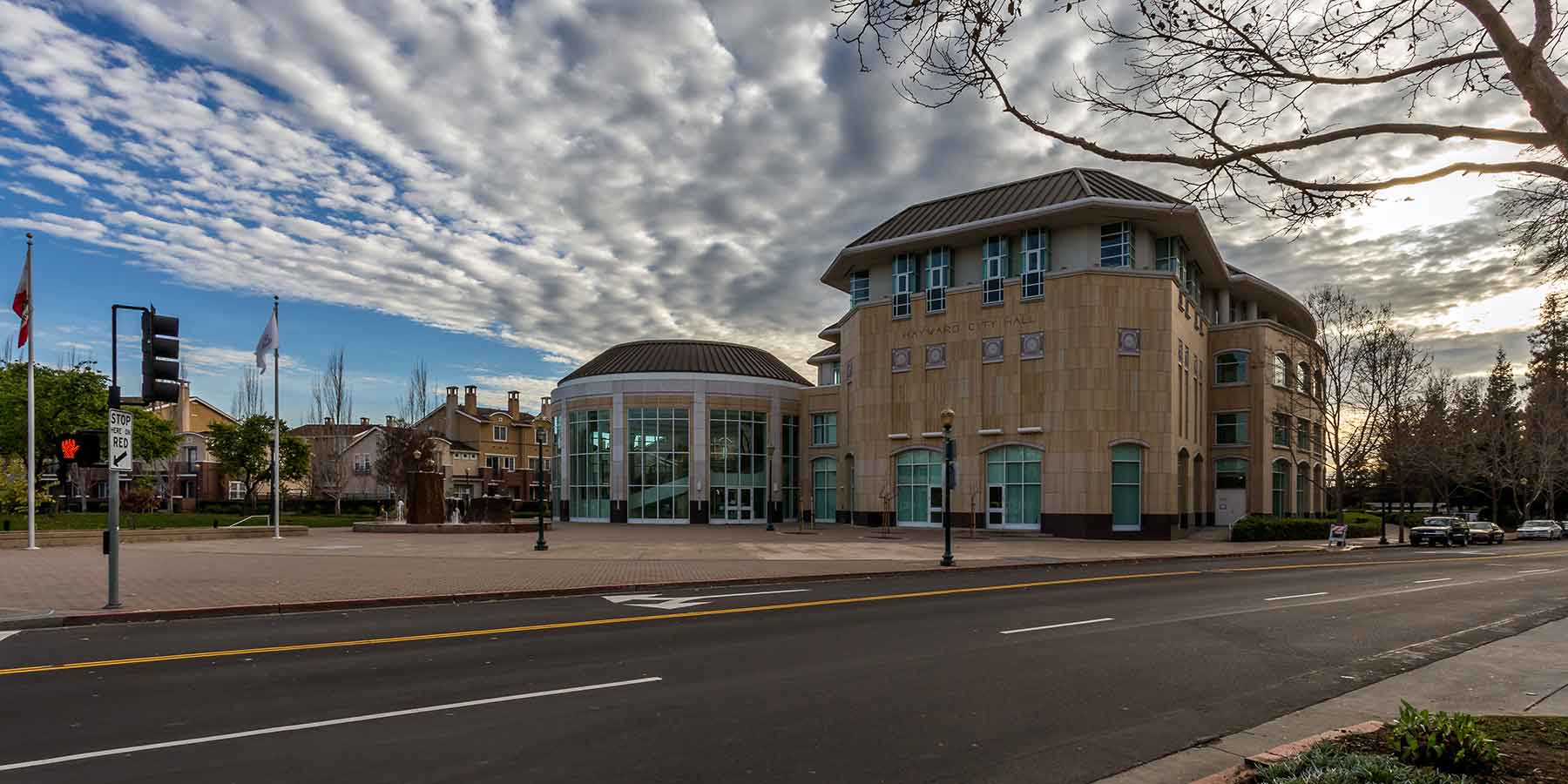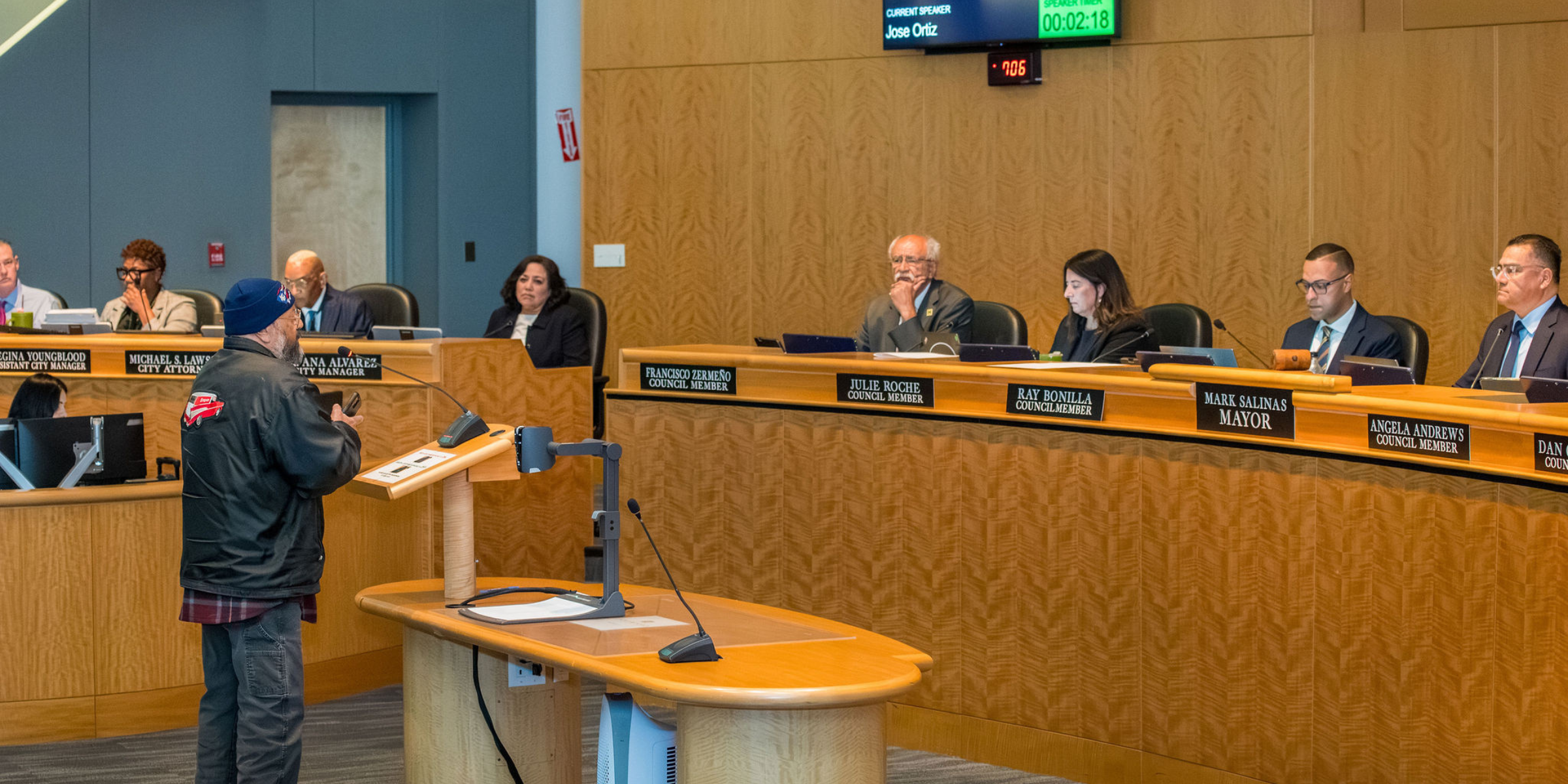Housing Constraints
5.1 Introduction
Providing decent and affordable housing is a primary goal for the City of Hayward. While the City may adopt policies and actions that promote development of new affordable housing, there are a variety of constraints that hinder development, some of which are outside of the control of a local jurisdiction. Constraints include governmental constraints such as permitting processes, zoning codes and development standards and environmental regulations; market constraints which include construction costs including labor and materials, availability and cost of land and market demand for housing; and, community concerns and opposition. This section provides an overview of these potential housing constraints.
5.2 Governmental Constraints
Local policies and regulations set forth by the City are designed to balance both the housing needs and protect the health and safety of residents. Land use regulations, fees and exactions, building requirements, and residential development standards among other factors may increase the cost of development, improvement, and maintenance for housing.
Land Use Controls
In 2014, the City adopted its current General Plan to guide development through 2040. The Land Use Element sets the vision, goals, and policies for the City’s urban form and land use patterns and establishes land use categories that define the use and building intensity throughout the city. Various designations range from rural estate density to Central-City High Density residential, with allowable densities increasing in range. Each General Plan land use designation has a corresponding Zoning District which regulates uses, setbacks, lot coverage, parking requirements, open space requirements, height and other aspects of physical development that could be considered constraints. In 2019, the City adopted the Downtown Specific Plan and in 2020, the City updated the Mission Boulevard Form Based Code to encourage the development of high density, mixed-use development near transit, commercial uses, and services. Recent updates to State Law including but not limited to Density Bonus updates, Senate Bill 9 and Senate Bill 35 have provided mechanisms for developers to circumvent the more onerous land use controls in lower density areas, or request exceptions to the standards in exchange for some level of affordability in the proposed housing development.
Permit, Processing, and Procedures
Timeframes for permit and approval processes vary depending on the type of project. Processing time needed to obtain development permits and required approvals is a common concern by the development community as a prime contributor to the high cost of housing. The development review process in Hayward may include Site Plan Review or Use Permit approval, approval of a Parcel Map or Tentative Map for subdivisions, a Zone Change or General Plan Amendment to change allowable density or development standards. These “entitlement” procedures typically include concurrent environmental review.
Depending on the magnitude and complexity of the development proposal, the time for entitlement review and approval may vary considerably in cost and time to process. For example, a Site Plan Review for a small multi-family development that is processed administratively and is exempt from CEQA could take as little as six months to entitle whereas a residential development that requires a Zone Change, Tentative Map and preparation of an Initial Study could take up to a year and a half to entitle depending on the completeness and quality of the plans and the complexity of the site.
Impact & Development Fees
In addition to entitlement fees, developers are also responsible for paying impact and development fees such as park impact fees, traffic impact fees, utility fees, school district fees and affordable housing fees among others, which contribute to the overall cost per unit and can be a constraint to the development of housing.
5.3 Market Constraints
Many factors affecting housing costs are related to the regional housing market. Land value, construction material and building costs and increasingly availability, and labor costs all contribute to the overall cost of housing. These costs and delays can hinder the production of affordable housing and increase housing costs for residents. In addition, the availability of financing can limit funding for new developments as well as access to homeownership for some segments of the population.
Housing Context
In 2021, the median home value in Hayward was $874,000, a 67 percent increase from 2015 median home values. Factors that impact housing costs include construction costs and economic variability such as recessions. Since the 2008 recession, national construction costs for multi-family projects have risen by 25 percent. Historically, new home sales decline by nearly 15 percent on a national average during recessions. However, the COVID-19 pandemic created a global economic recession that had different implications. Low interest rates, households spending more time at home and thereby increasing the demand for housing, and homeowners reluctant to list their home during a pandemic created more demand for housing as home values soared across the state.
Other costs such as construction and land costs can drive up the cost of development. Specifically, construction costs to provide affordable units onsite in a higher-density condo project is estimated to be 20 percent higher on a per square foot basis than for townhomes. The cost of developable land is dependent on quantities of available vacant parcels for residential development. Land in the Bay Area is limited which drives up the cost of land. The total cost to acquire a parcel, relocate occupants (if applicable), and potentially mitigate for hazards can be costly and increase housing development. Combined, this poses a significant constraint to the development of affordable units, because the rent or sale prices must be high enough to justify the cost of development for developers.
Market Activity
Market activity is influenced by a myriad of factors. The availability of developer and potential homeowner financing options both impact the ability to finance the project or purchase a home. In 2020, nearly 9 percent of government backed loans and 8 percent of conventional loans were denied in Hayward. In market downturns, home improvement financing is generally less accessible, and in 2020, around 37 percent of home improvement loans were denied in Hayward. In addition, loan denial rates vary by race, leaving people of certain race and ethnicity vulnerable to changing markets. Countywide, American Indian or Alaskan Native individuals had the highest loan denial rate, at almost 20 percent. Black or African American individuals were also denied at a higher-than-average rate, at 17 percent. Asian and white individuals were denied at lower percentages.
Median home values in Hayward are less than median home values in Alameda County; however, they are outpacing the growth in percentage compared to the county. As of 2021, the median house value grew by 67 percent since 2015 in Hayward, compared to a 60 percent growth in Alameda County. The cost of growth may reflect the feasibility for new developers to develop new units with rising construction costs, cost of land, and market variability, as higher rents can offset the cost of development. The high cost of new construction (such as construction costs and labor) paired with expensive land costs can constrain residential development in areas with more restrictive development standards and lower achievable market rents.
5.4 Community Concerns & Opposition to Housing Development
In addition to governmental and market constraints on housing production, there are also local non-governmental constraints that can halt or prevent housing production. In recent decades, community opposition to new housing production, especially affordable housing, has emerged throughout Alameda County and other California cities. Complaints including traffic concerns, environmental concerns, and the preservation of neighborhood character have been known to delay projects through California Environmental Quality Act (CEQA) lawsuits, which are significant constraints to housing development as they add time and cost for developers.











